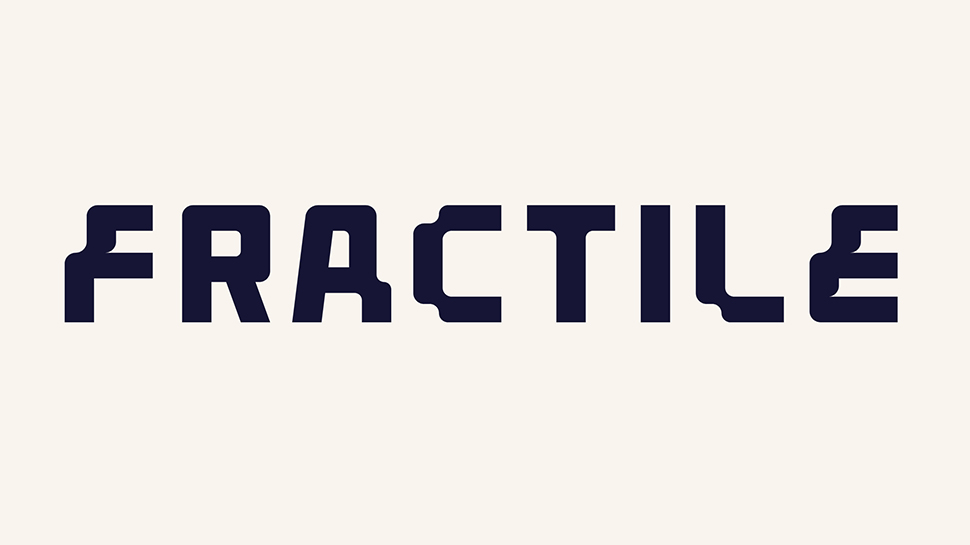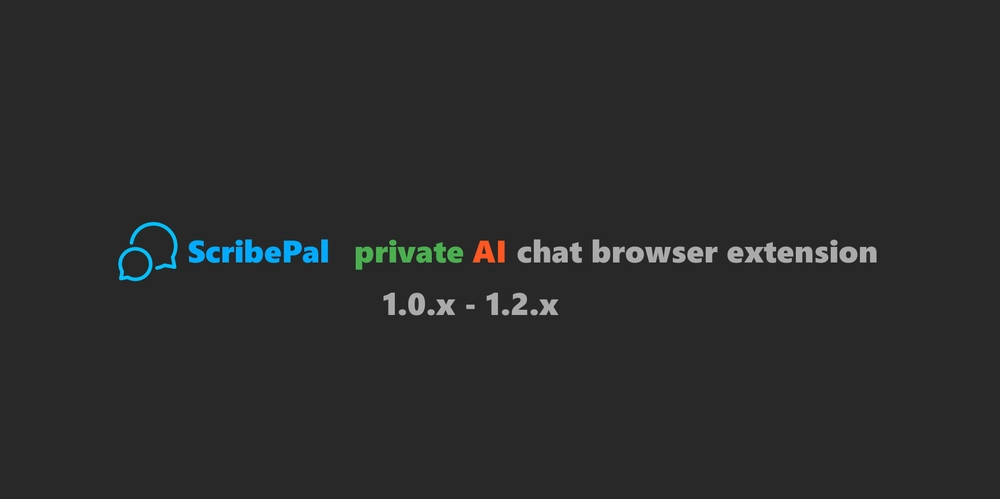.NET Learning Notes: How to use FluentValidation and Custom attributes to check parameters
Reference: https://docs.fluentvalidation.net/en/latest/installation.html https://learn.microsoft.com/en-us/aspnet/core/mvc/models/validation?view=aspnetcore-9.0 Thanks for providing learning code from Zack.Yang FluentValidation is a .NET library for building strongly-typed validation rules. The FluentValidation.AspNetCore package is no longer being maintained and is now unsupported. We encourage users move away from this package and use the core FluentValidation package with a manual validation 1.Install NuGet package: FluentValidation if you want to let FluentValidation automatically find all the validators in a specific assembly using an extension method. You should install another NuGet package: FluentValidation.DependencyInjectionExtensions 2.Register validators services.AddScoped(); Or (DependencyInjectionExtensions) services.AddValidatorsFromAssemblyContaining(); 3.Define a set of validation rules for a class(e.g. Person) by inheriting from AbstractValidator public class Person { public int Id { get; set; } public string Name { get; set; } public string Email { get; set; } public int Age { get; set; } } public class PersonValidator : AbstractValidator { public PersonValidator() { RuleFor(p => p.Id).NotNull(); RuleFor(p => p.Name).Length(5, 10); RuleFor(p => p.Email).EmailAddress(); RuleFor(p => p.Age).InclusiveBetween(18, 60); // if the field is a complex properties, you can set another // validator for it // RuleFor(p => p.Address).SetValidator(new AddressValidator) } } 4.Manual Validation [HttpPost] public IActionResult Validate([GuidValidator]Guid guid, Person person) { var result = validator.Validate(person); if (!result.IsValid) { result.AddToModelState(this.ModelState); return BadRequest(ModelState); } return Ok("Validate person ok"); } Besides, For scenarios that the build-in validation attributes don't handle, you can create custom validation attributes. 1.Create a class that inherits from ValidationAttribute, and override the IsValid method public class GuidValidatorAttribute : ValidationAttribute { public const string DefaultErrorMessage = "The {0} field is required and not Guid.Empty"; public GuidValidatorAttribute() : base(DefaultErrorMessage) { } public override bool IsValid(object? value) { if (value is not null && value is Guid) { Guid guid = (Guid)value; return guid != Guid.Empty; } else { return false; } } } 2.Add this attribute to parameter public IActionResult Validate([GuidValidator]Guid guid, Person person) { }
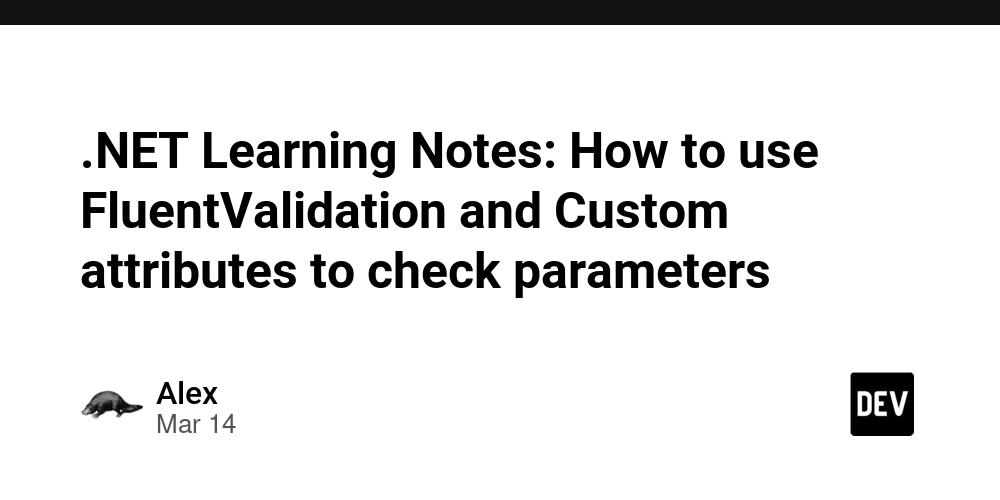
Reference:
https://docs.fluentvalidation.net/en/latest/installation.html
https://learn.microsoft.com/en-us/aspnet/core/mvc/models/validation?view=aspnetcore-9.0
Thanks for providing learning code from Zack.Yang
FluentValidation is a .NET library for building strongly-typed validation rules.
The FluentValidation.AspNetCore package is no longer being maintained and is now unsupported. We encourage users move away from this package and use the core FluentValidation package with a manual validation
1.Install NuGet package:
FluentValidation
if you want to let FluentValidation automatically find all the validators in a specific assembly using an extension method. You should install another NuGet package:
FluentValidation.DependencyInjectionExtensions
2.Register validators
services.AddScoped, PersonValidator>();
Or (DependencyInjectionExtensions)
services.AddValidatorsFromAssemblyContaining();
3.Define a set of validation rules for a class(e.g. Person) by inheriting from AbstractValidator
public class Person
{
public int Id { get; set; }
public string Name { get; set; }
public string Email { get; set; }
public int Age { get; set; }
}
public class PersonValidator : AbstractValidator
{
public PersonValidator()
{
RuleFor(p => p.Id).NotNull();
RuleFor(p => p.Name).Length(5, 10);
RuleFor(p => p.Email).EmailAddress();
RuleFor(p => p.Age).InclusiveBetween(18, 60);
// if the field is a complex properties, you can set another
// validator for it
// RuleFor(p => p.Address).SetValidator(new AddressValidator)
}
}
4.Manual Validation
[HttpPost]
public IActionResult Validate([GuidValidator]Guid guid, Person person)
{
var result = validator.Validate(person);
if (!result.IsValid)
{
result.AddToModelState(this.ModelState);
return BadRequest(ModelState);
}
return Ok("Validate person ok");
}
Besides, For scenarios that the build-in validation attributes don't handle, you can create custom validation attributes.
1.Create a class that inherits from ValidationAttribute, and override the IsValid method
public class GuidValidatorAttribute : ValidationAttribute
{
public const string DefaultErrorMessage = "The {0} field is required and not Guid.Empty";
public GuidValidatorAttribute() : base(DefaultErrorMessage) { }
public override bool IsValid(object? value)
{
if (value is not null && value is Guid)
{
Guid guid = (Guid)value;
return guid != Guid.Empty;
}
else
{
return false;
}
}
}
2.Add this attribute to parameter
public IActionResult Validate([GuidValidator]Guid guid, Person person)
{
}






































































































































































![[The AI Show Episode 143]: ChatGPT Revenue Surge, New AGI Timelines, Amazon’s AI Agent, Claude for Education, Model Context Protocol & LLMs Pass the Turing Test](https://www.marketingaiinstitute.com/hubfs/ep%20143%20cover.png)



















































































































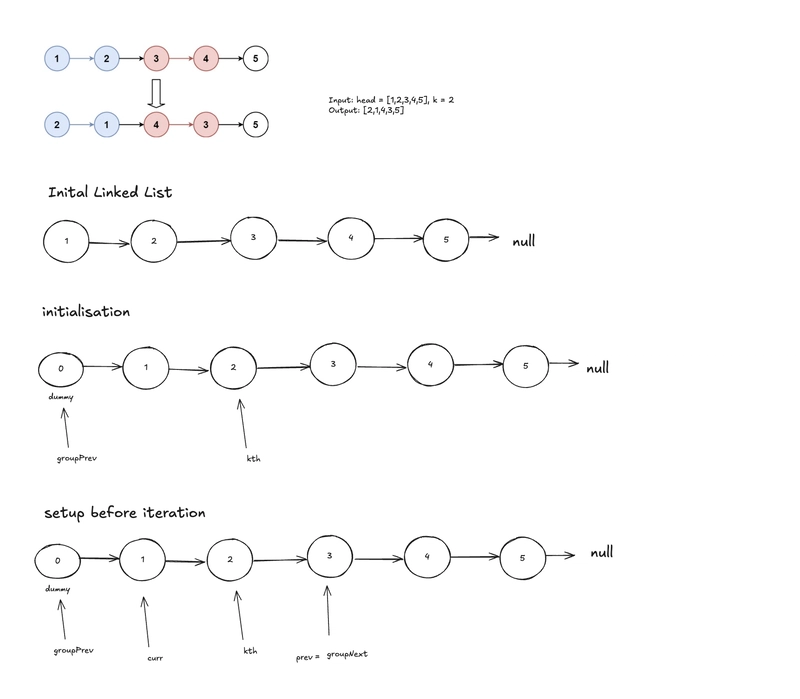
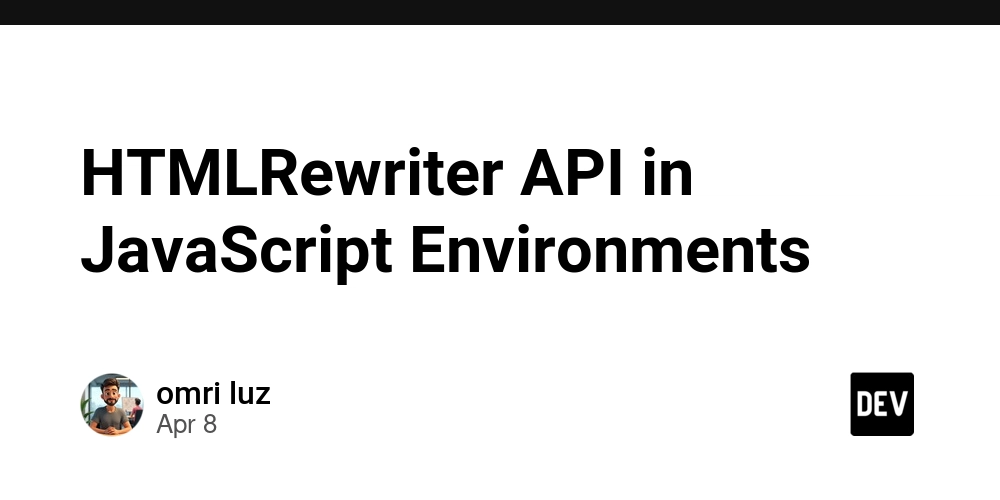













![From drop-out to software architect with Jason Lengstorf [Podcast #167]](https://cdn.hashnode.com/res/hashnode/image/upload/v1743796461357/f3d19cd7-e6f5-4d7c-8bfc-eb974bc8da68.png?#)










































































































.jpg?#)




























_ArtemisDiana_Alamy.jpg?#)



 (1).webp?#)
























































































![Yes, the Gemini icon is now bigger and brighter on Android [U]](https://i0.wp.com/9to5google.com/wp-content/uploads/sites/4/2025/02/Gemini-on-Galaxy-S25.jpg?resize=1200%2C628&quality=82&strip=all&ssl=1)










![Apple Vision Pro 2 Allegedly in Production Ahead of 2025 Launch [Rumor]](https://www.iclarified.com/images/news/96965/96965/96965-640.jpg)


![New iOS 19 Leak Allegedly Reveals Updated Icons, Floating Tab Bar, More [Video]](https://www.iclarified.com/images/news/96958/96958/96958-640.jpg)

















